Gdańsk, Poland: A 55-Hour Birthday Adventure
Join me as I recount my whirlwind 55-hour birthday trip to Gdańsk, Poland, filled with history, culture, and delicious Polish cuisine. From visiting the European Solidarity Centre to indulging in local delicacies at Milk Bars, every moment was a memorable experience.
Arrival in Gdańsk and First Impressions
Upon landing in Gdańsk, I felt an immediate shift in the atmosphere. The city greeted me with its unique charm, a stark contrast to the familiar sights of Ireland. I was excited to embark on this short yet eventful birthday trip. With my backpack secured, I was ready to dive into the local culture.
A Taste of Poland: Milk Bars
My first stop was a "milk bar," a traditional Polish cafeteria serving affordable homestyle meals. I enjoyed some delicious pierogi, which set the tone for my culinary adventures in Poland.
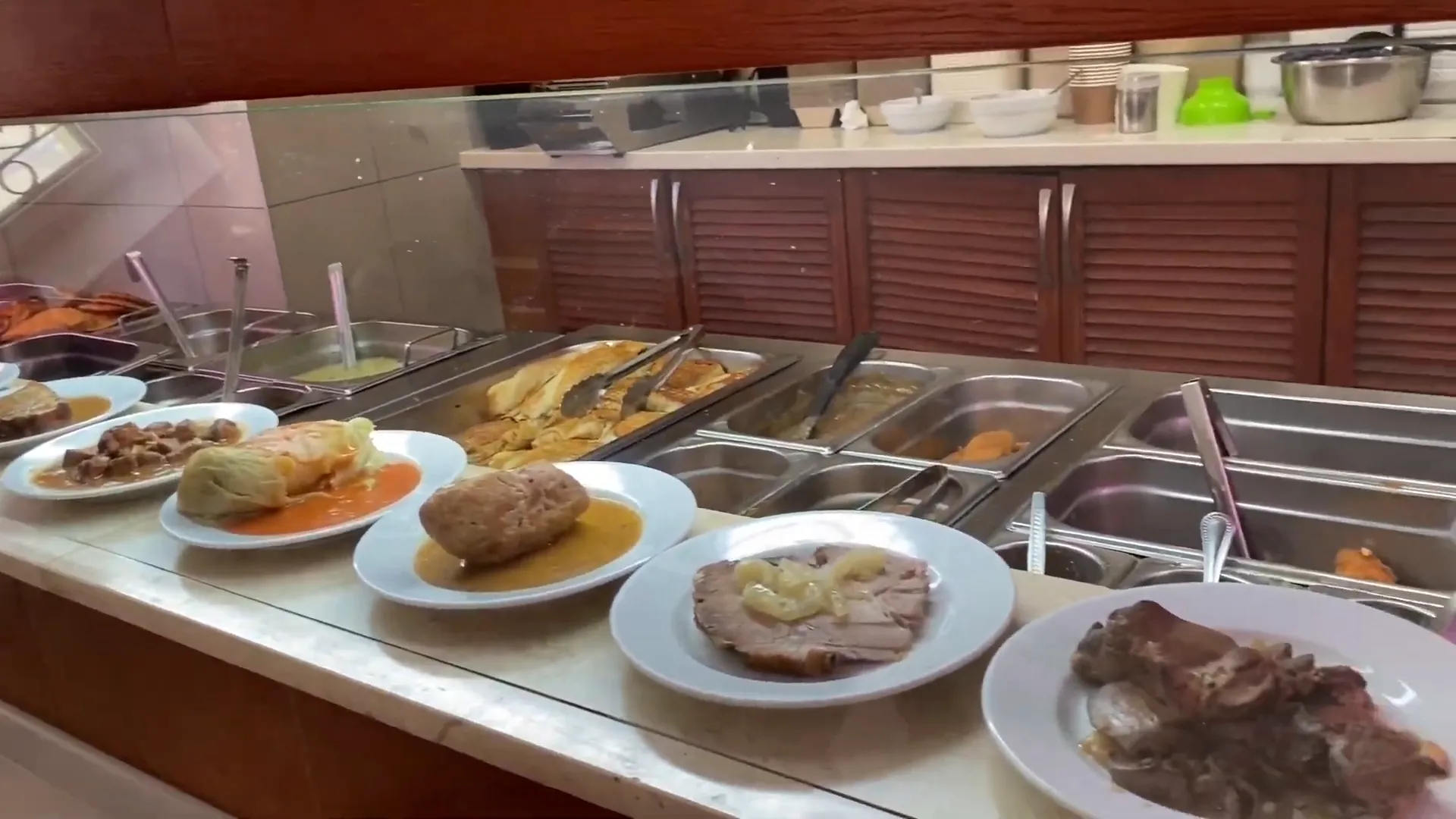
Milk Bars hold a special place in Polish culture. Gaining popularity during the Communist era, milk bars aimed to provide budget-friendly meals to the public. My visit to these establishments was not just about eating; it was about experiencing a slice of history.
At the milk bar, I savored not only the pierogi but also a schnitzel -- all for a remarkably low price. The casual atmosphere and hearty meals made it a perfect introduction to Polish cuisine.
The Significance of Solidarity
After my satisfying meal, I made my way to the European Solidarity Centre, a site I eagerly anticipated visiting. The significance of the Solidarity movement in Poland's history cannot be overstated. This labor union played a crucial role in the fight against Communism, and I felt compelled to learn more about its impact.
Upon entering the Centre, I was struck by the exhibits detailing the history of the Gdańsk Shipyard and the events that unfolded there. The Three Crosses Monument stood nearby, a solemn reminder of the workers who lost their lives during protests against the Communist regime in December 1970.
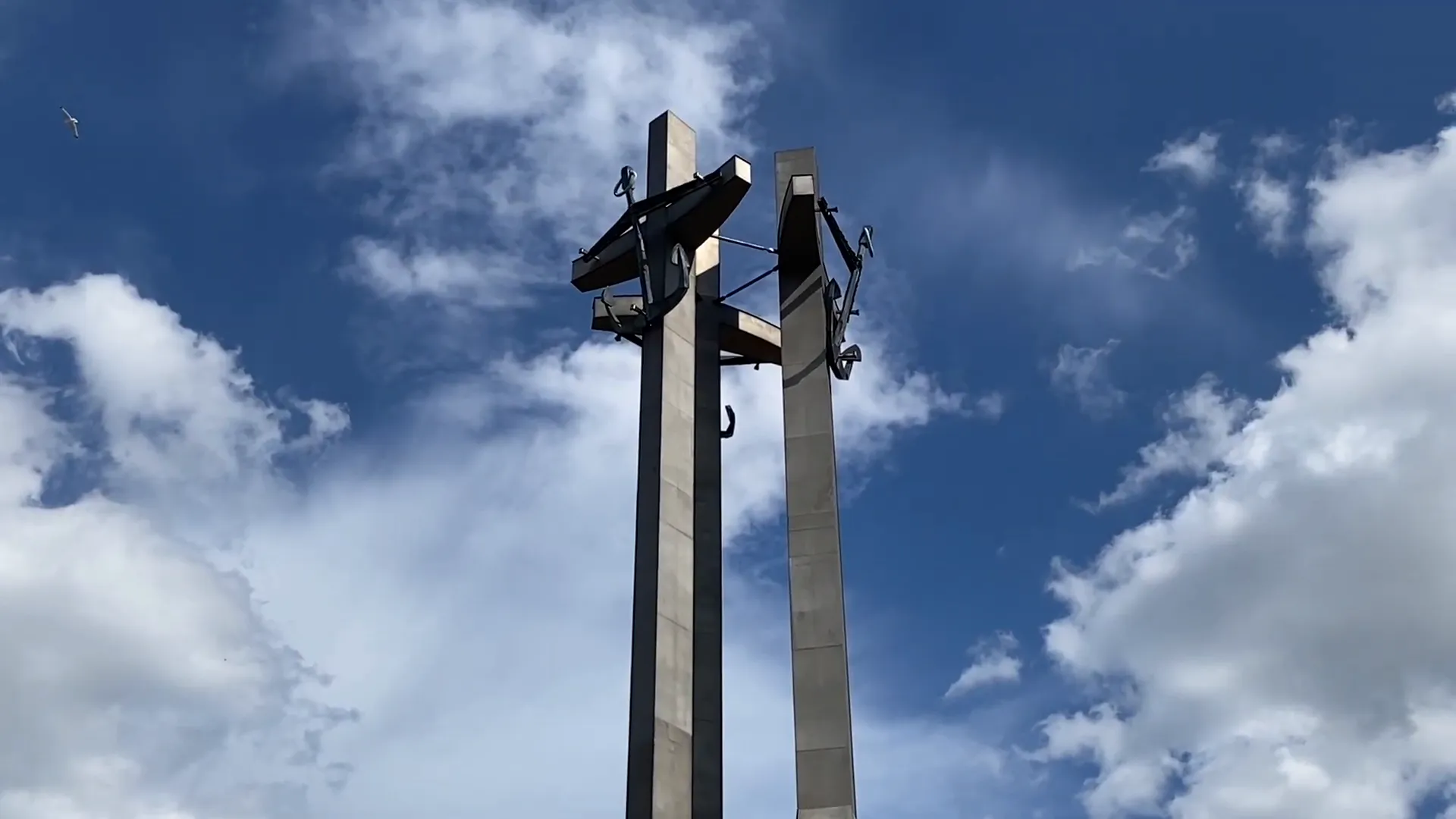
The Gdańsk Shipyard: An Historical Landmark
As I explored the Gdańsk Shipyard, I couldn't help but feel the weight of history surrounding me. Once a bustling hub employing over 17,000 workers, it was now a transformed space, reflecting the changes in the community and its ongoing legacy.
The shipyard was not just a workplace; it was a town within a town, complete with its own kindergarten. Understanding its significance helped me appreciate the resilience of the Polish people in their fight for freedom.
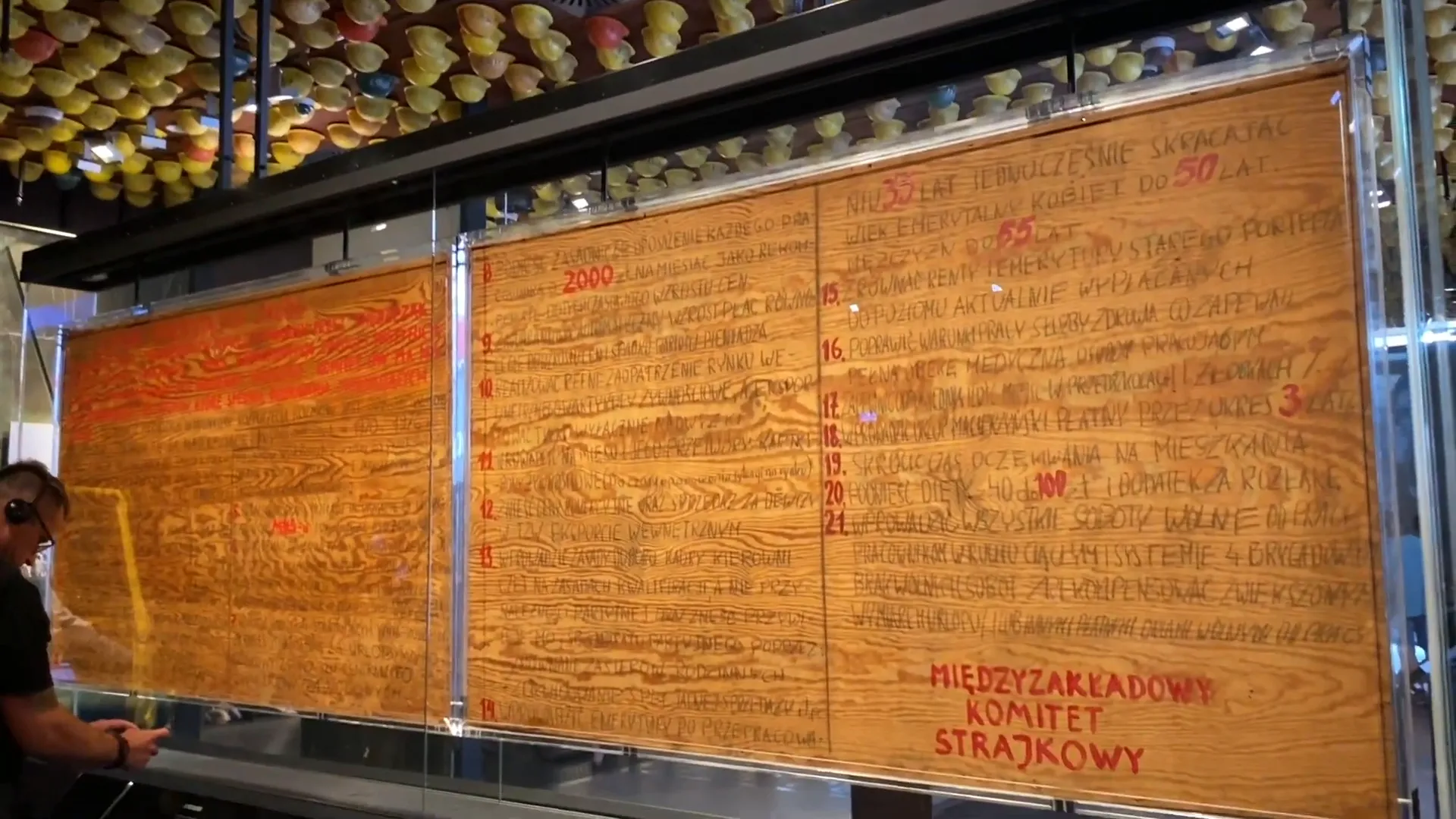
My visit included a temporary exhibition detailing the shipyard's history and the formation of the Solidarity movement. I learned about the 21 demands put forth by the workers, which ultimately led to the official recognition of Solidarity and a major shift in Polish politics.
Despite the hardships faced during the early 1980s, including martial law, the spirit of the workers endured. The stories of bravery and resistance resonated deeply with me, making my experience all the more meaningful.
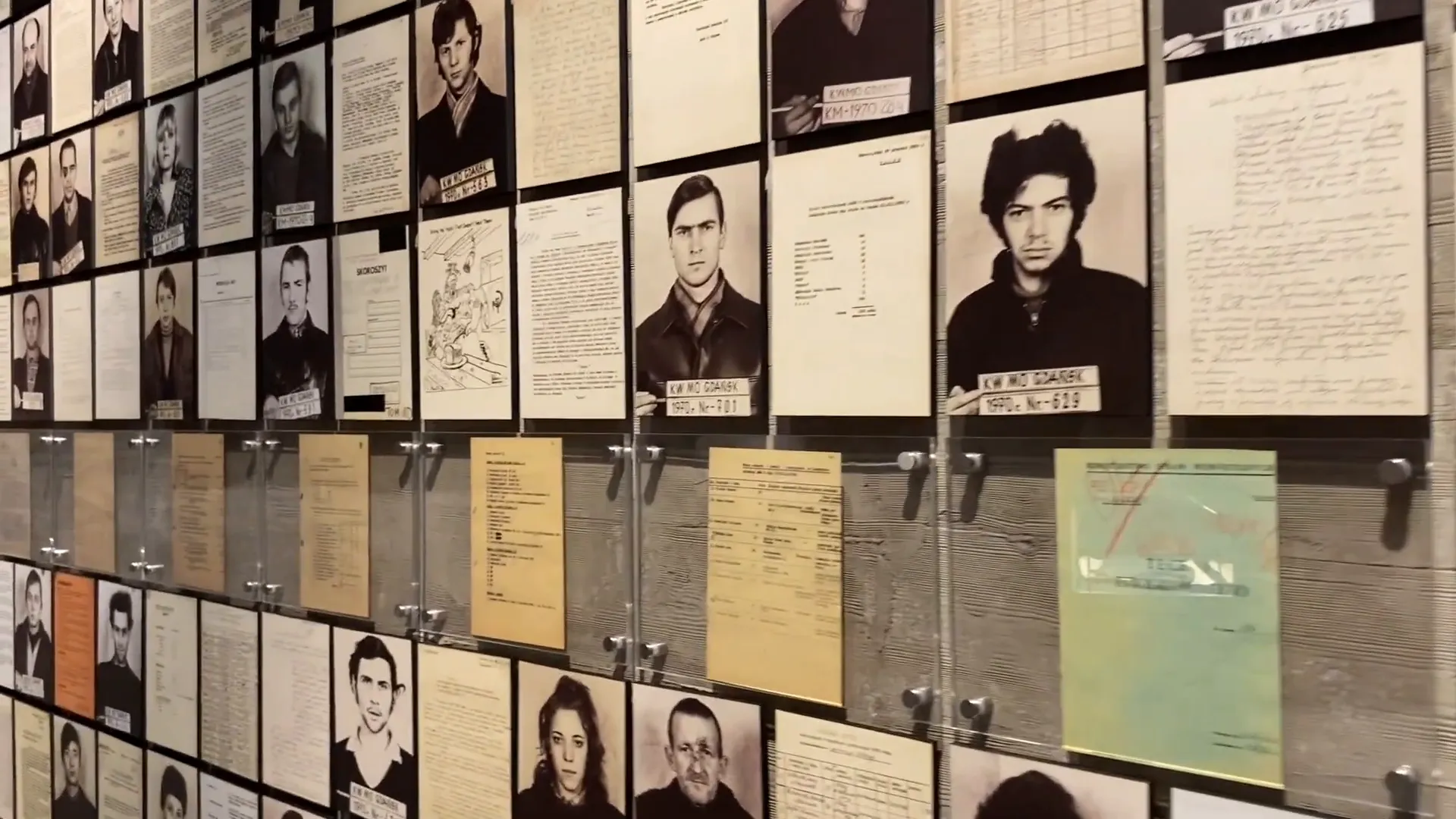
As I wrapped up my time at the European Solidarity Centre, I felt a profound sense of connection to the past. The exhibits were not just informative; they were a testament to the strength and determination of a nation that fought for its rights.
By the end of my first day, I was filled with gratitude for the experiences I had. The historical significance of Gdańsk left a lasting impression on me, and I looked forward to what the next day would bring.
Day Two Adventures: St. Dominic's Fair, WWII Museum, and a Sunset Cruise
On my second day in Gdańsk, I was eager to dive deeper into the local culture. My first stop was a second milk bar, where I relished yet another hearty meal. I was pleasantly surprised to find that my entire lunch cost only 33 Polish zloty, which is roughly 6.50 British pounds. The meal included pierogi and schnitzel, accompanied by a refreshing compote.
After lunch, I decided to explore the local markets. I stumbled upon a vibrant display of handmade crafts, including adorable earrings made by a sweet elderly lady, referred to as a "babcia" (grandmother) in Polish. Her craftsmanship truly exemplified the charm of local artisans.
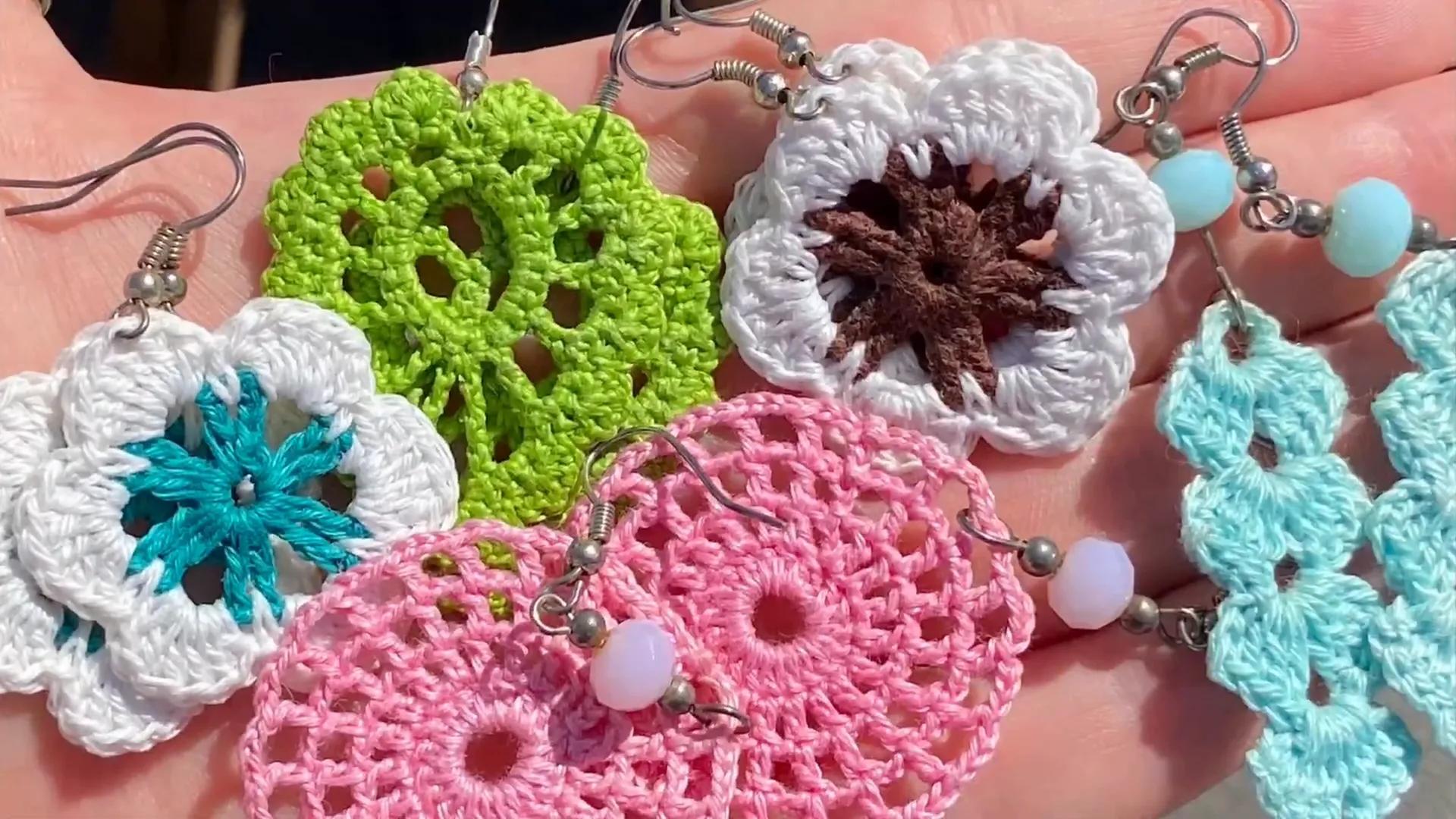
While wandering, I realized I had arrived during St. Dominic's Fair, an event that dates back to 1260. The fair brought together hundreds of exhibitors, creating a lively atmosphere filled with stalls showcasing various crafts and foods. I couldn't resist immersing myself in the festivities, sampling local delicacies, and enjoying the vibrant ambiance.
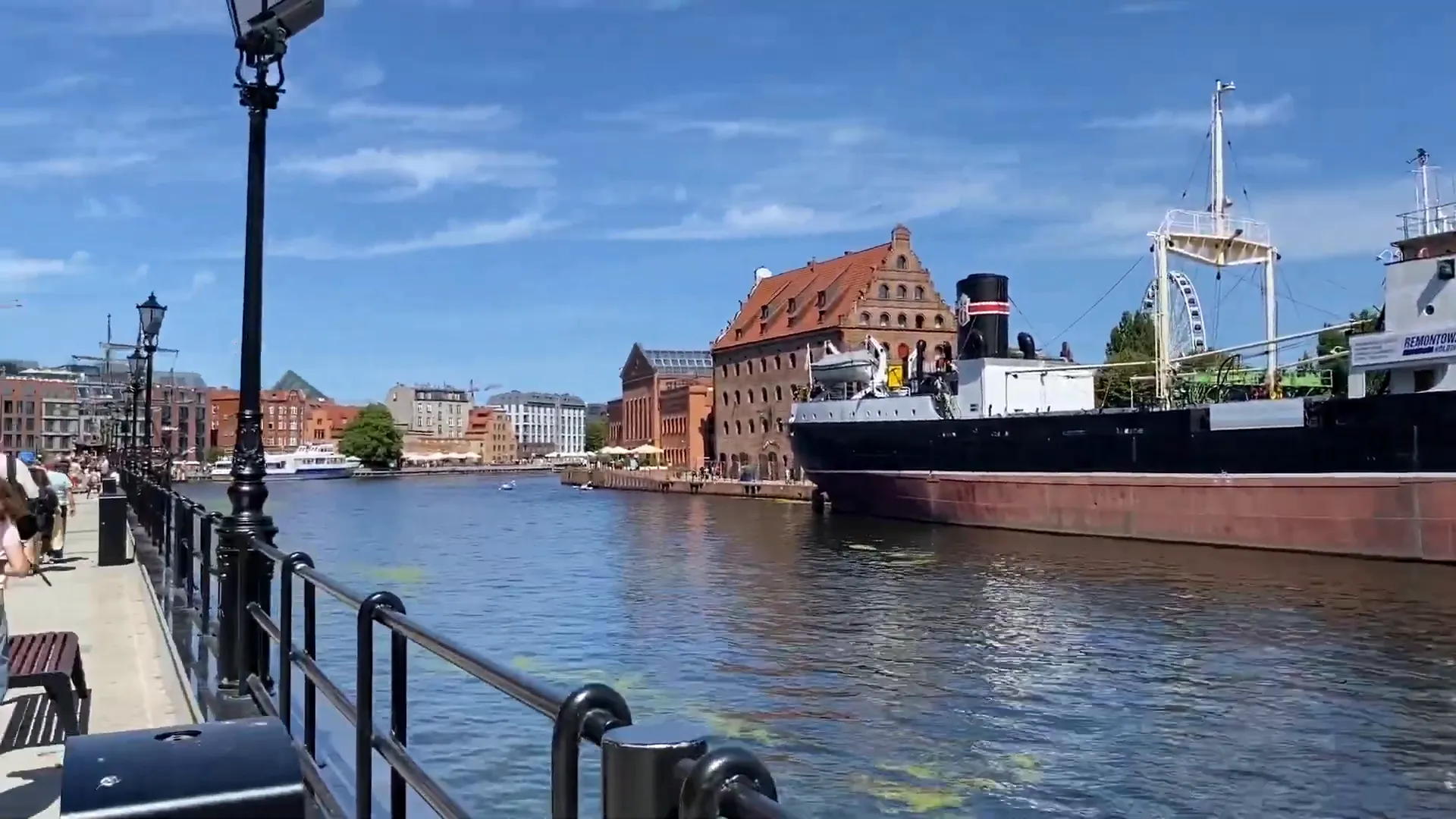
Next on my agenda was the WWII Museum -- which ended up being one of the most impressive museums I had ever visited. As I entered, I was immediately struck by the immersive exhibits designed to transport visitors back in time to the events leading up to and during the war.
One of the museum's standout features was a recreation of a Polish street before the outbreak of World War II. It was fascinating to see how shop owners once thrived, providing goods to their community. The attention to detail in the exhibit was remarkable.
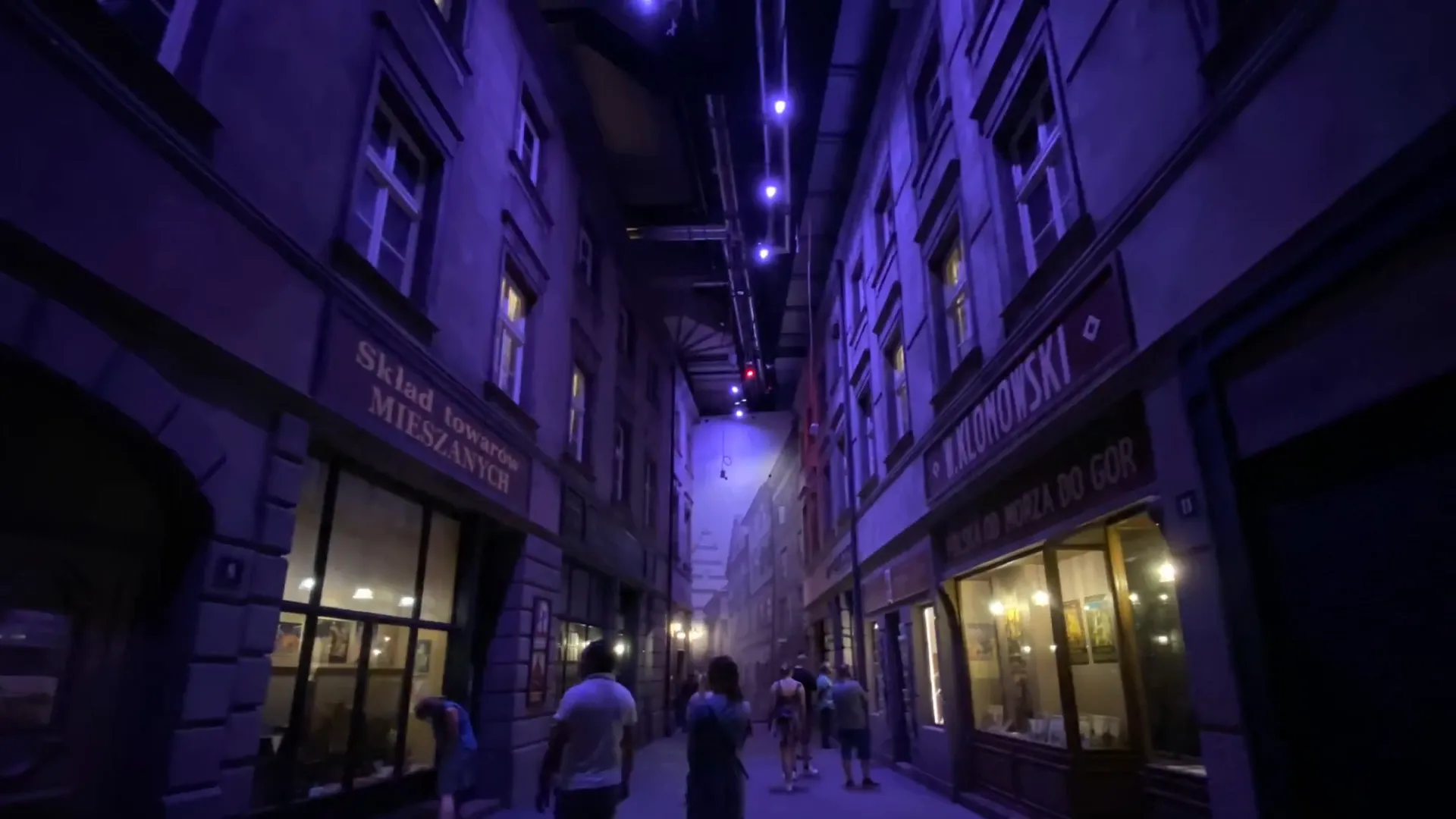
The museum also did an exceptional job highlighting both Germany's and the Soviet Union's roles during the war. I reflected on my education back in the United States, where the focus was often heavily skewed toward Germany and the Holocaust, with little mention of the role played by the Soviet Union.
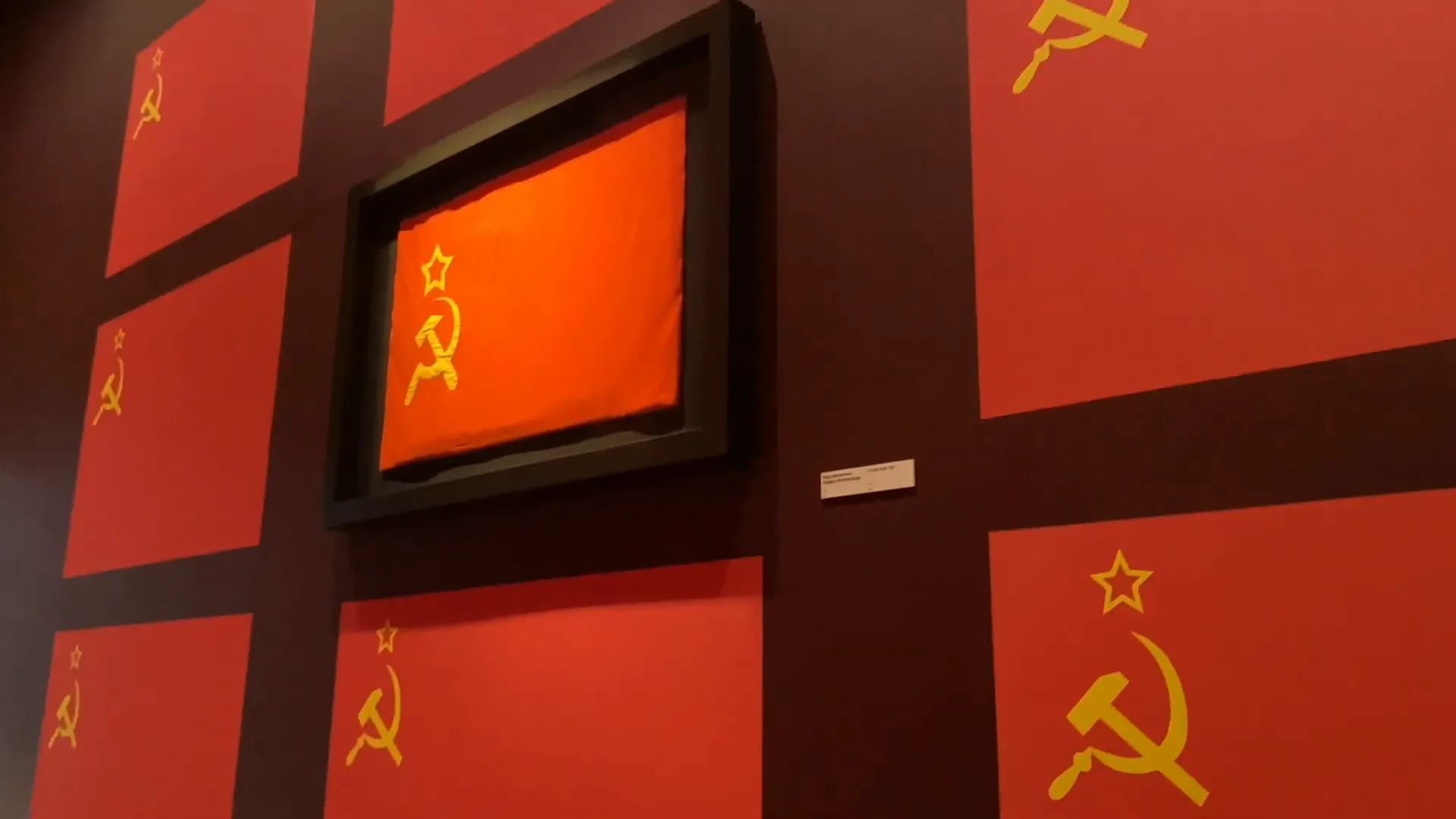
One of the most impactful displays represented the very street I had seen earlier, showcasing the transformation it underwent during and after the war.
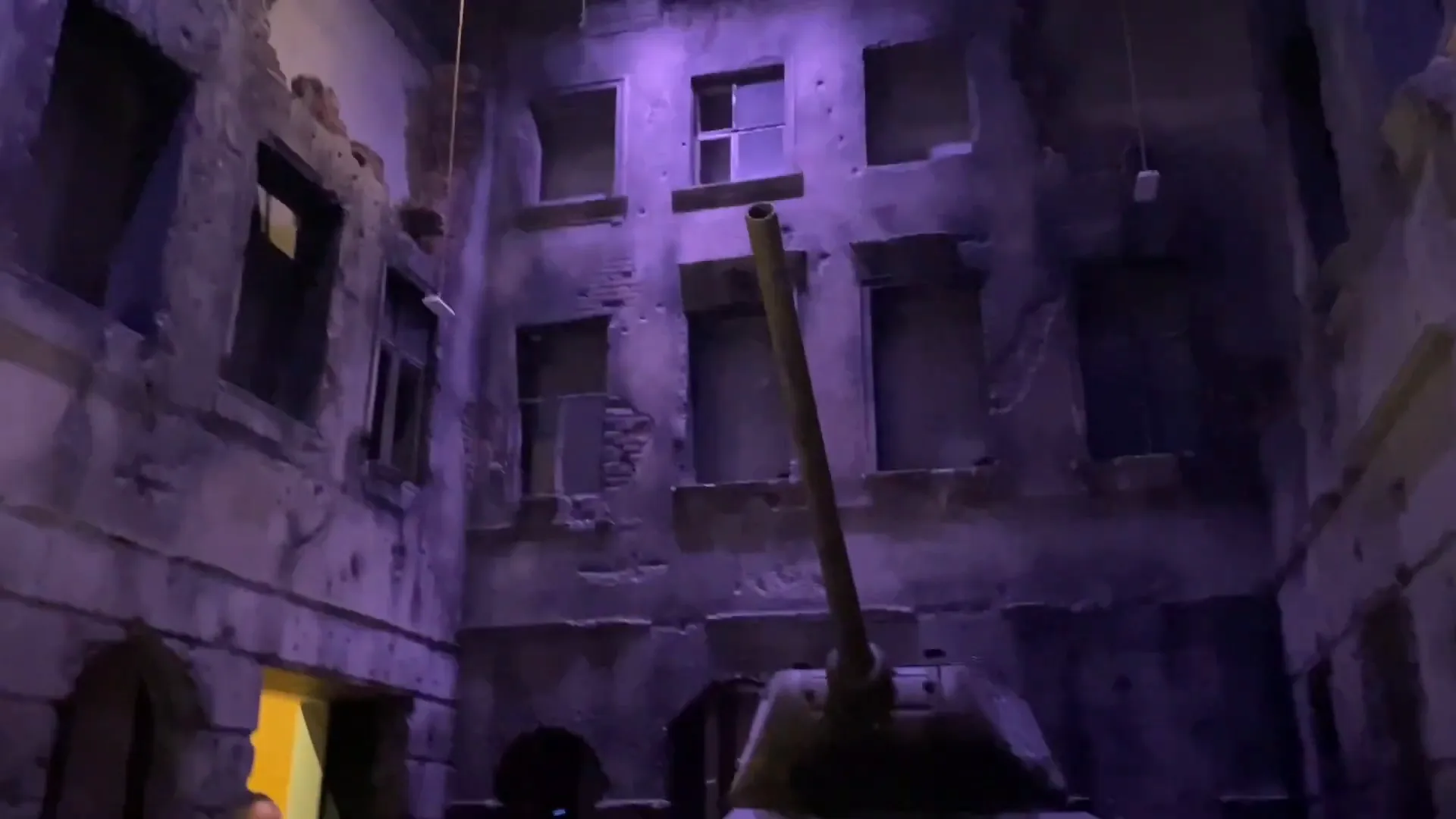
As I wrapped up my visit to the museum, I felt a deeper understanding of the historical complexities surrounding World War II. It was a powerful reminder of the struggles faced by many and the importance of remembering these events.
With my mind full of history, I decided it was time for another visit to a milk bar. I ordered schnitzel and compote again, but to my surprise, I was served beets instead of what I wrongly assumed was cranberry sauce -- an unexpected twist to my meal!
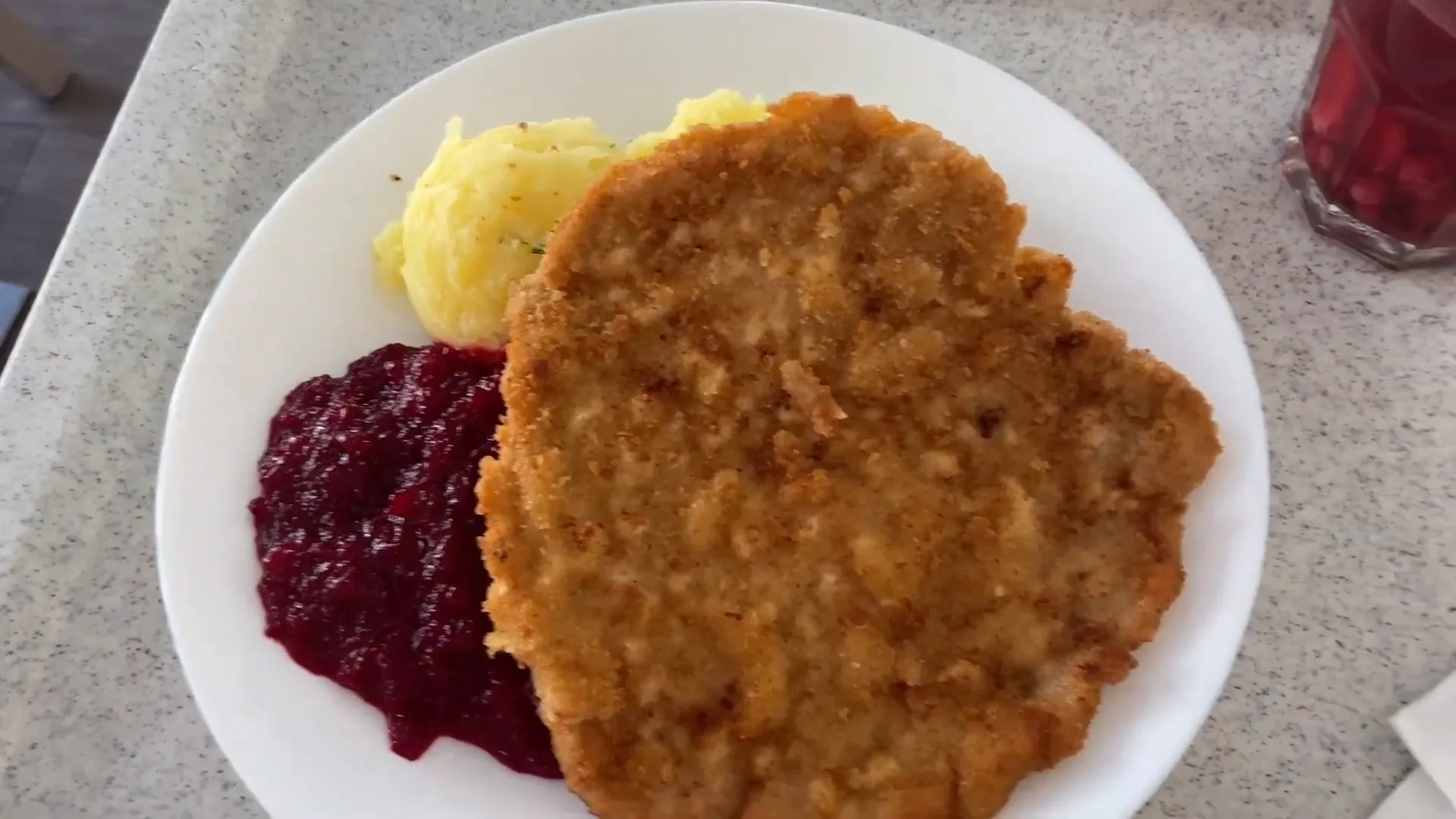
After lunch, I noticed the abundance of bicycles around the city. I decided to rent one to explore the area further. Although my ride was not the smoothest, it allowed me to reach the historic conference hall where I wanted to buy some souvenirs.
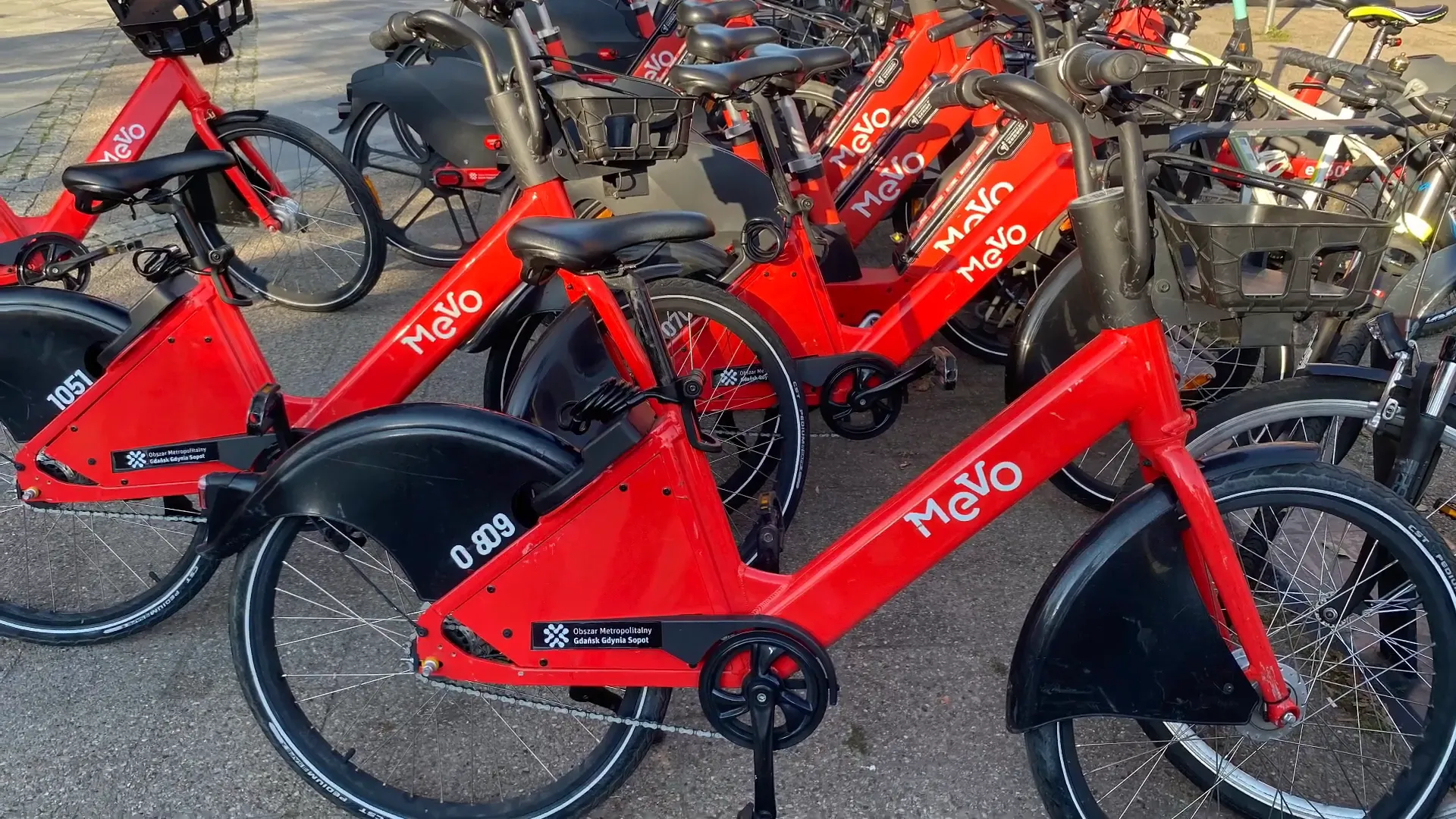
The replica ration cards I found were among the coolest souvenirs I could acquire. They served as a tangible reminder of the past and the struggles endured by the Polish people.
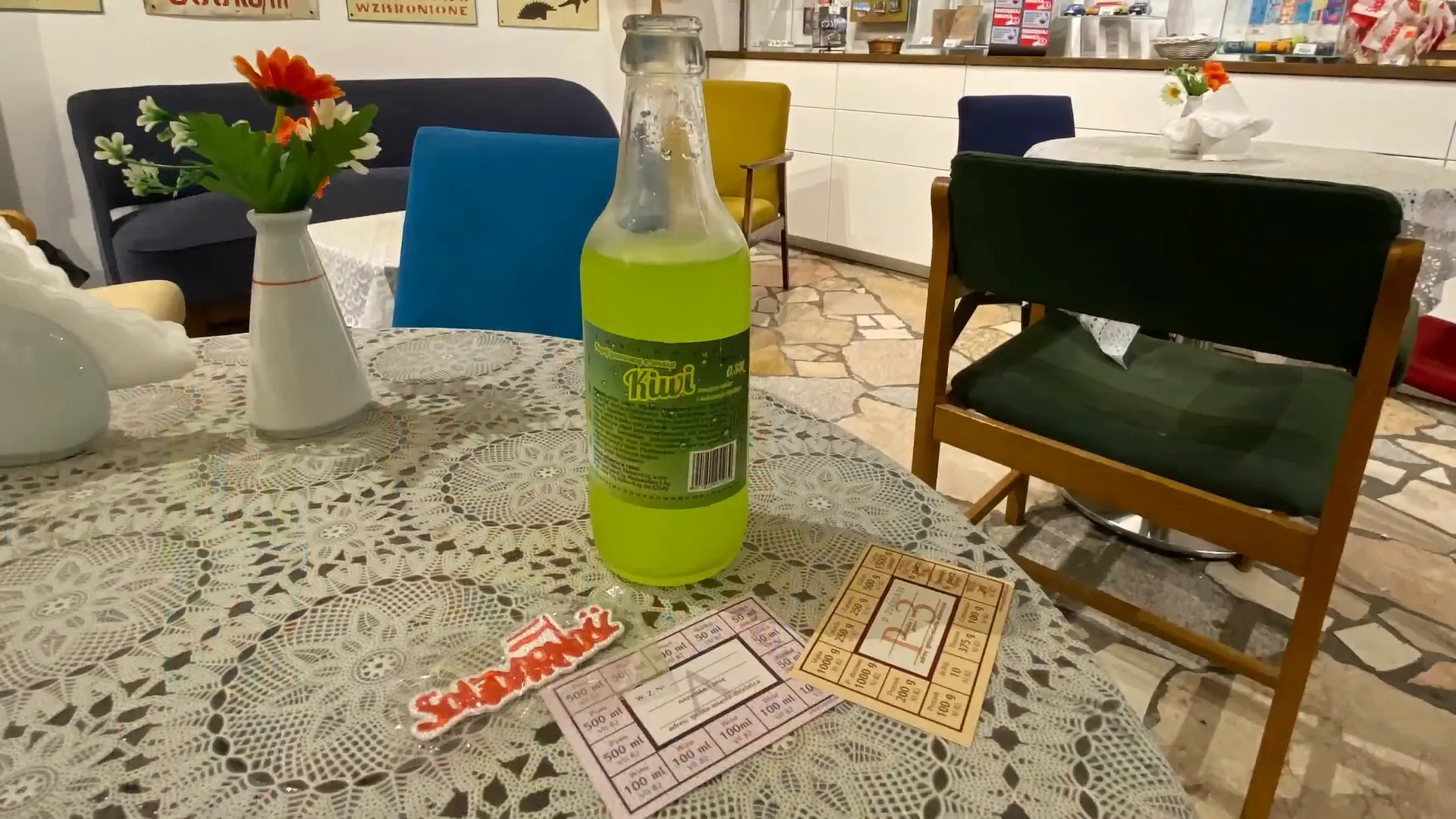
With some time to spare before my sunset cruise, I wandered through the old shipyard, admiring the historical architecture. I loved seeing the old train tracks, remnants of a bygone era. The juxtaposition of old buildings against modern developments was fascinating.
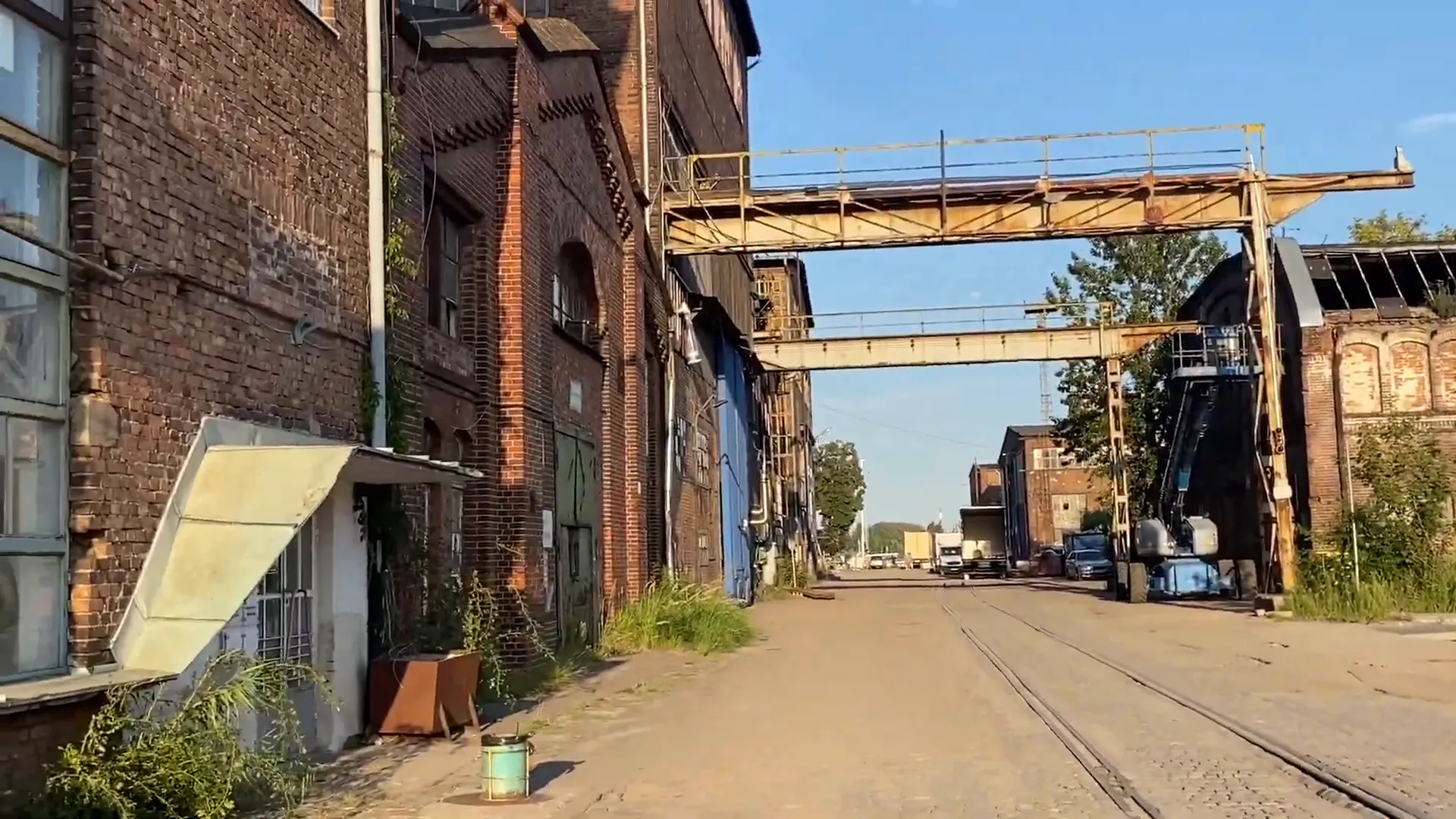
As the sun began to set, I boarded a boat for a cruise around the old shipyard. The view from the water was breathtaking, and I felt a sense of peace wash over me as I took in the stunning scenery.
Final Day: Museum of the Polish Post Office and the Żuraw M3 Crane
On my final day, I opted for breakfast at a café instead of a milk bar. It was a nice change of pace, and the food was delicious. Afterward, I headed to the Museum of the Polish Post Office, which holds significant historical importance.
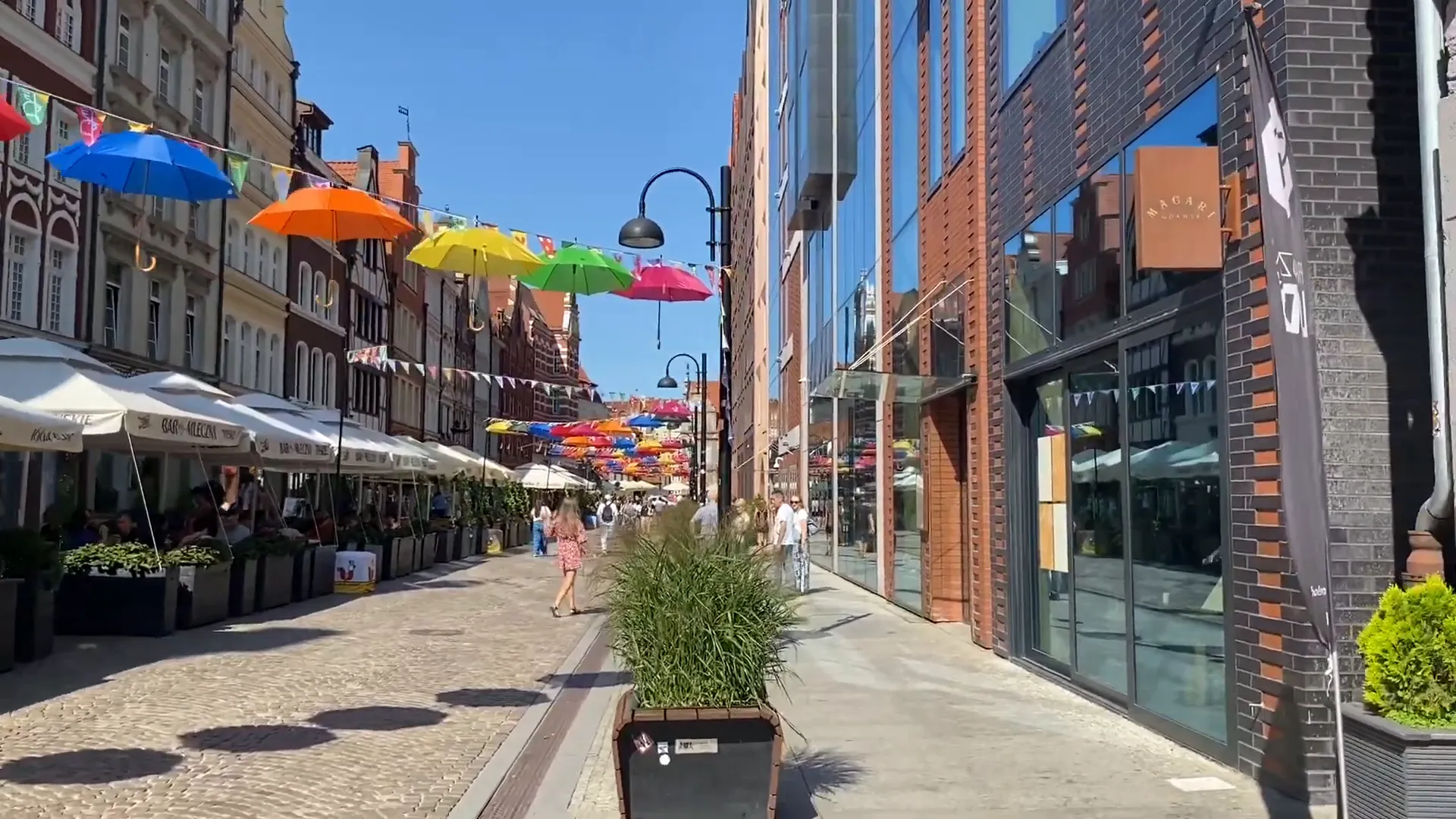
The museum was located at the site of one of the first battles of World War II, where Polish postal workers defended the post office against Nazi forces. The bravery displayed during that fight was incredibly inspiring.
One interesting feature of the museum was its fully functioning post office, where I took the opportunity to send some postcards home. It was a delightful way to connect with my loved ones and share a small piece of my journey.
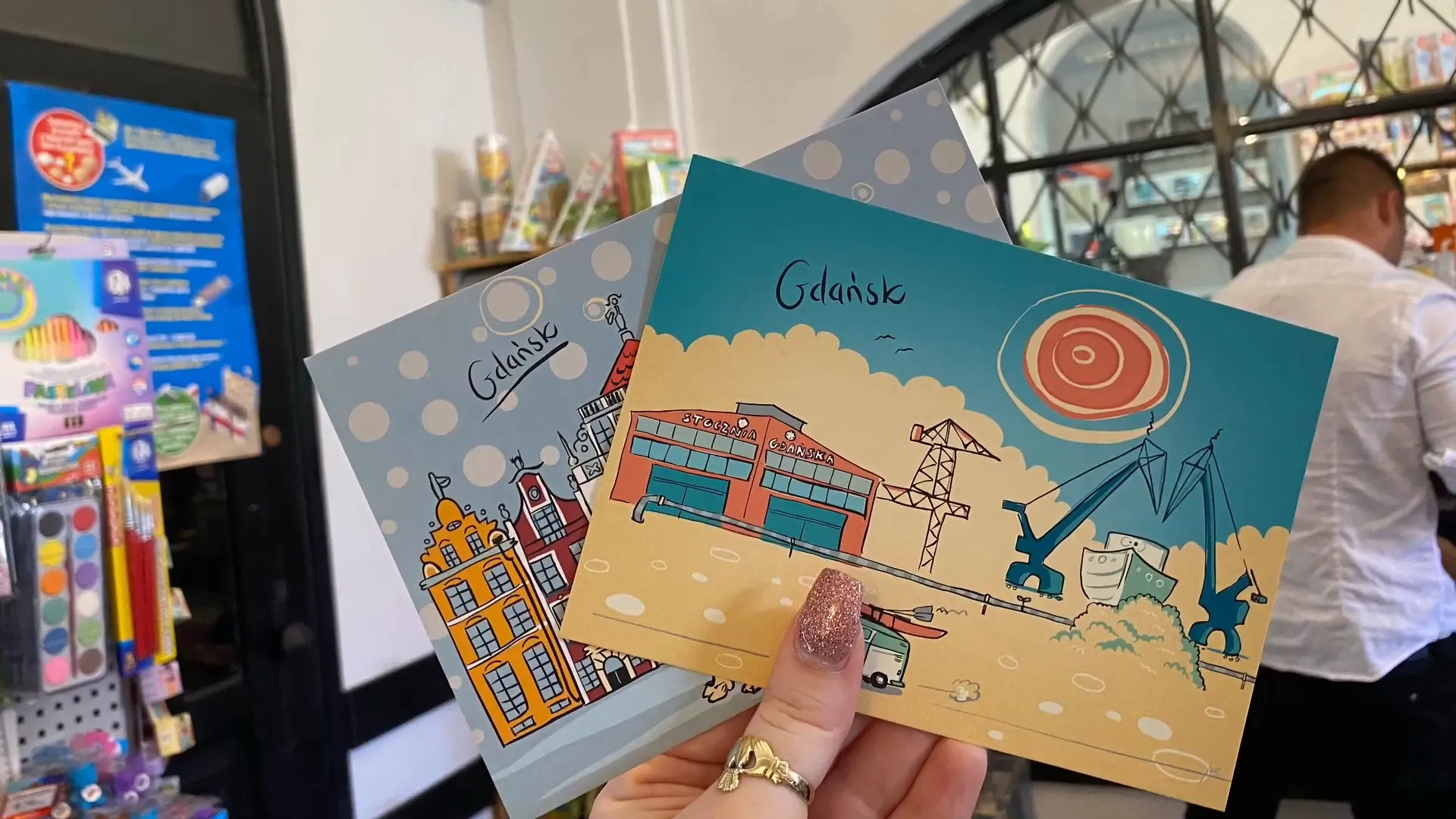
After exploring the museum, I made my way to a green crane in the old shipyard that I had walked by several times. To my surprise, it was a tourist attraction that allowed visitors to climb it. I couldn't resist the chance to get a bird's eye view of the city!
The view from the top was absolutely stunning. I felt like I had a unique perspective on the city and its rich history, looking down on the shipyard that had played such a pivotal role in Poland's past.
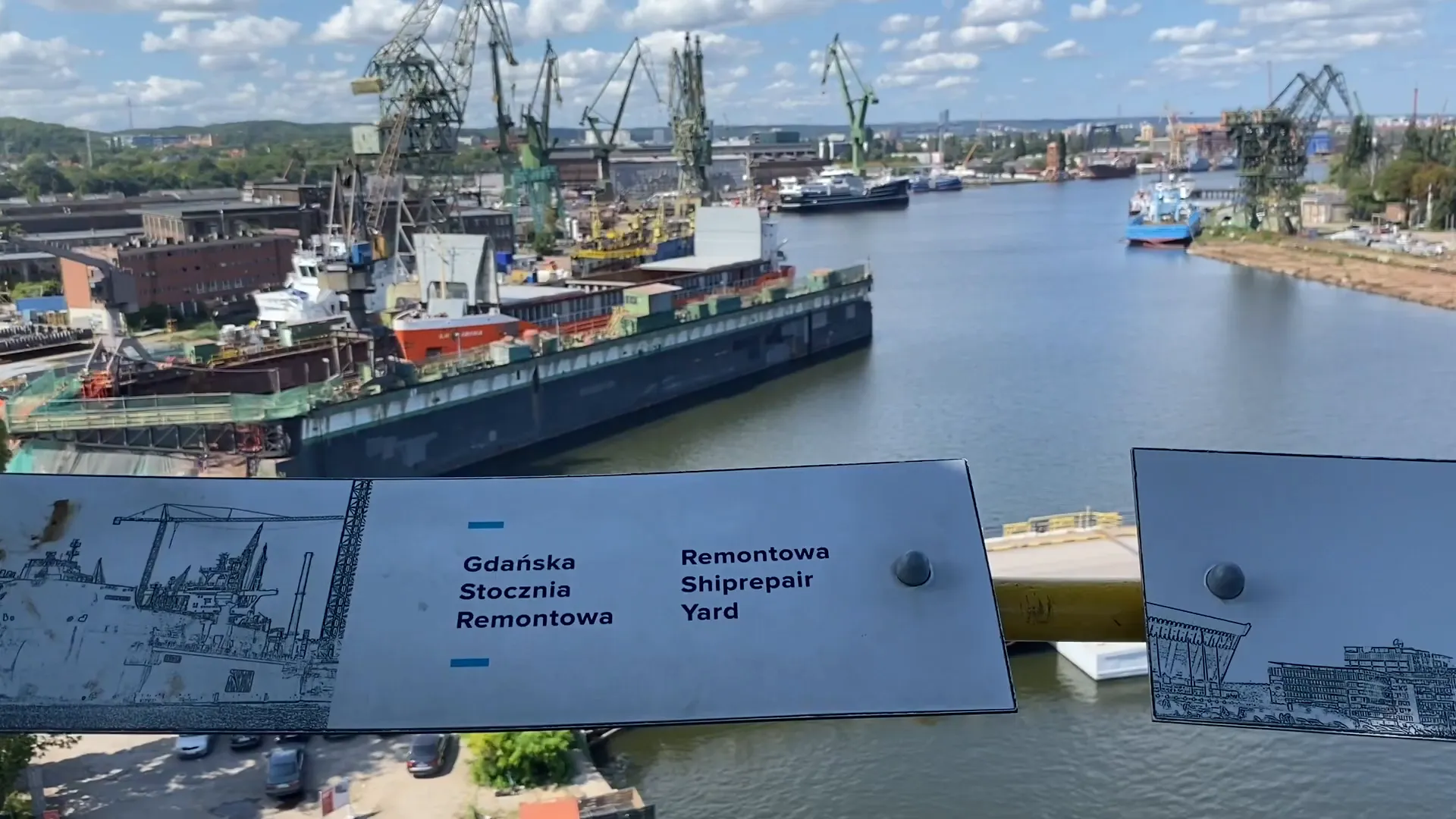
After descending from the crane, I joined a walking tour of the old town. I had spent so much time in the shipyard area that it was essential to see the historic heart of Gdańsk before I left. The tour included entry into St. Mary's Church -- one of the largest brick churches in the world.
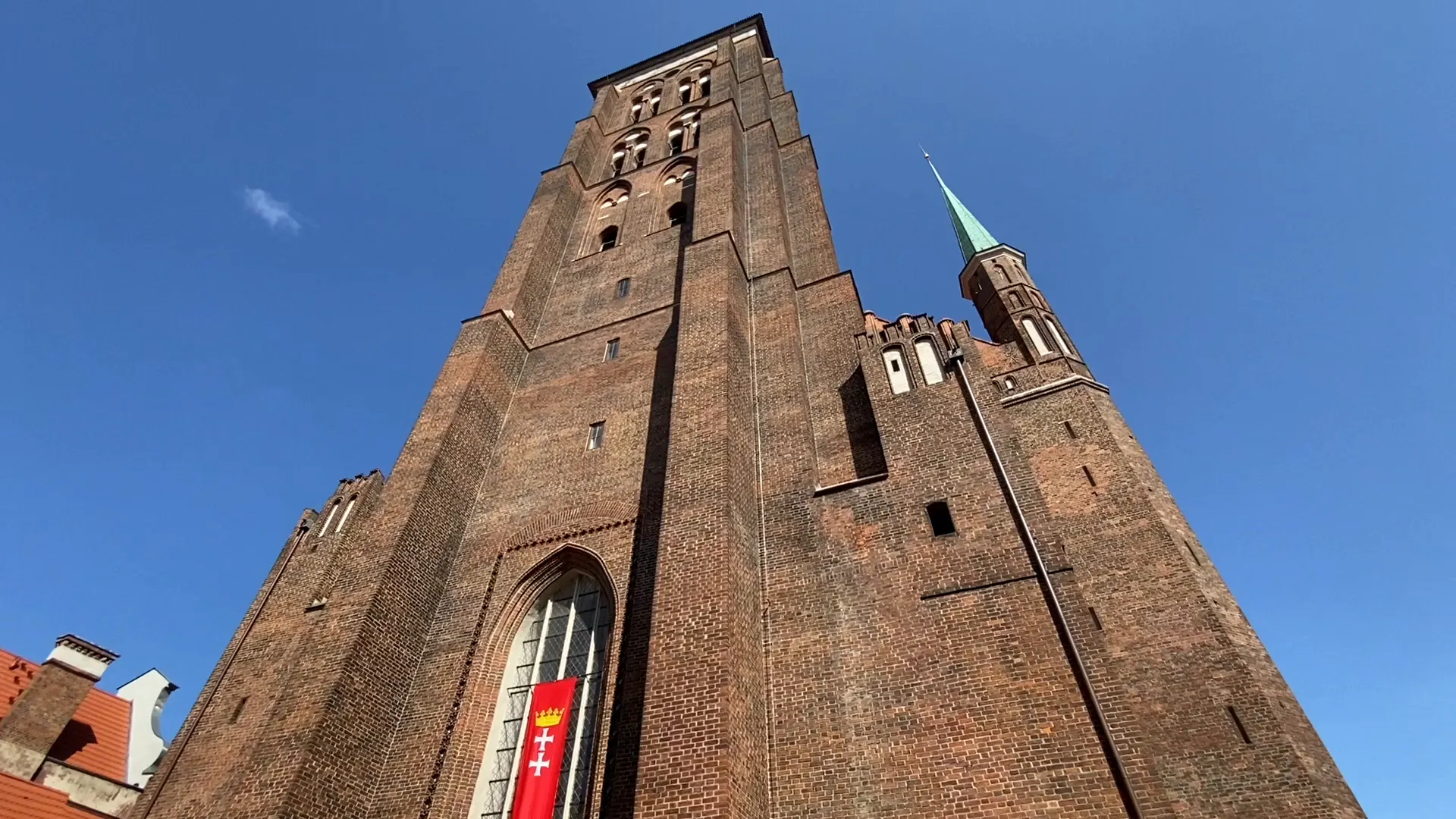
As the tour concluded, I made a point to enjoy my final meal at a milk bar, savoring the flavors of Poland one last time. I also treated myself to ice cream, reflecting on the incredible journey I had experienced over these 55 hours.
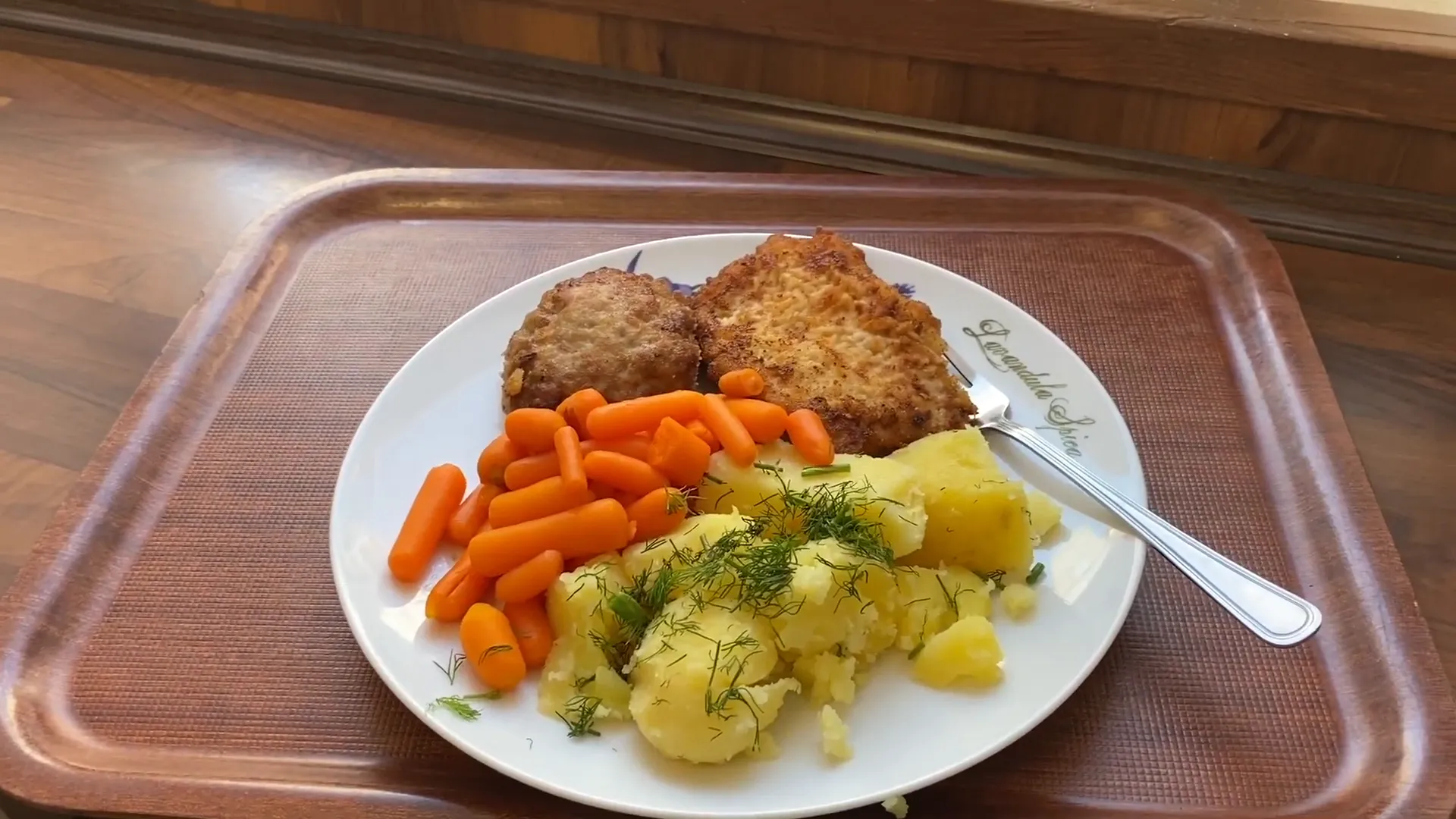
Reflections on Gdańsk: A Memorable Birthday Trip
As I prepared to head to the airport, I couldn't help but feel grateful for the experiences I had during my short visit to Gdańsk. The blend of history, culture, and local cuisine made this birthday trip one for the books. Poland had left a lasting impression on me. The resilience of its people, the rich history, and the warmth of the locals created a sense of belonging that I had not anticipated.
Every moment -- from the poignant visits to museums to the delightful meals at milk bars -- contributed to a deeper understanding of Poland's past and its journey toward freedom. I returned home with a heart full of memories and a desire to explore more of this beautiful country.